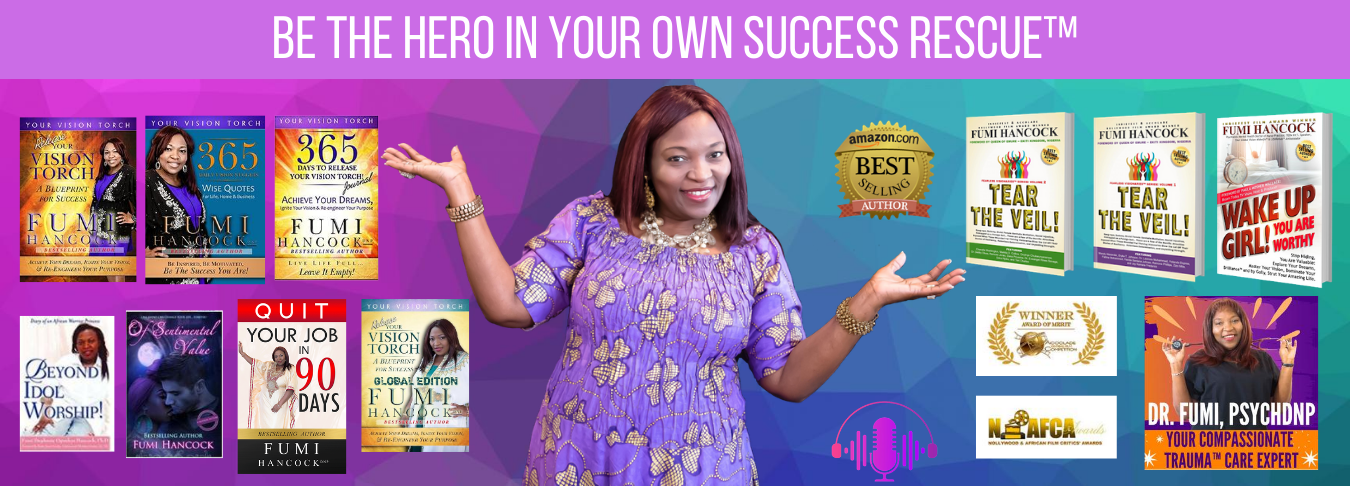 Are you failing to keep your audience interested when you speak? Are you scratching your head and wondering why you are losing them halfway through? These are my tips to help you keep your audience engaged, interested and interactive.
Are you failing to keep your audience interested when you speak? Are you scratching your head and wondering why you are losing them halfway through? These are my tips to help you keep your audience engaged, interested and interactive.
Don’t Become Boring
This is crucial. The most effective way of keeping your audience’s attention is not to go on for too long. Some of the worst experiences speakers have related derived from their staying on stage too long and having their audiences leave before the end. Don’t fall into this trap—your family might like you to talk through dinner—but paying audiences don’t.
What Is Your Audience Looking For?
You may think this is pretty obvious and that you’d never make this mistake. But I see many otherwise intelligent people talk about what they’re interested in rather than what the audience is interested in.
If you’re speaking at a conference, people come to your session because of the synopsis – that’s what they’re interested in. Don’t change it just because it suits you. Many years ago, I saw one the most successful professional speakers make this same mistake. His session was advertised as being about mail marketing. But he had become interesting in the art of telesales. When he asked how many people in the audience had any interest in the subject, about five people out of three hundred put their hands up. You’d think he’d take the hint, but he continued to keep telling us all about the fine art of telesales. Don’t make the same mistake—keep to what the audience wants.
Start with a Reason to Listen
Before each of the presentations skills courses we run, you may want to ask each attendee to fill in an online questionnaire. The most critical question is to ask them if they are interested in the subject you are going to talk about.
If your audience doesn’t have an obvious reason to be interested, tell them why they should bother listening to you talking about this subject. This can be very challenging. I’ve had email discussions with a number of readers who present on topics such as health and safety issues or environmental regulations. The audience has to be there, but they have no intrinsic interest in the topic. The solution is to tell them why they should care. And if you can’t find a reason why they should listen – don’t give the presentation.
Make Change—Make Happy
We notice change. You notice the hum of the drier when it comes on and when it goes off – but not in between. You can use this natural human propensity to retrieve your audience’s attention. Don’t be afraid to change the pace of your presentation, bring video into the conversation or stimulate your audience with a question or two.
Tell Stories
Every presentation expert extolls the power of stories, from Dr. Robert H. Schuller to Steve Harrison. There’s evidence that people are hard-wired to listen to stories. The moment a story starts, your audience will perk up. Your stories should, of course, reinforce the point you’re making. Take a look at your presentation from the point of view of stories. Are they spread throughout your presentation – or bunched together? Spread them out for best effect.
Take a Break
Build in frequent breaks, but if you see people starting to flag in their attention, suggest a quick break for 1-2 minutes where people can refresh their drinks and have a walk around. Moving is the most effective way of reviving people at risk of dozing off. Seriously. You will have them back in better shape than they were before they left.
YOUR VISION TORCH Series
Achieve Your Dreams, Ignite Your Vision, & Re-engineer Your Life Purpose
More blog articles at www.yourinneryou.com
Dear Princess Column at: www.sentimentalnursewriter.com
Download your free sample here



